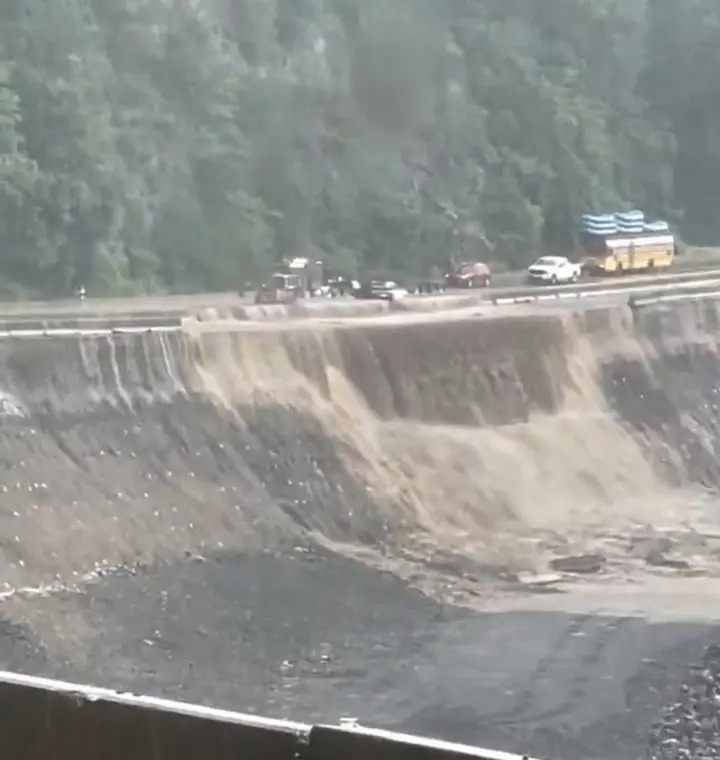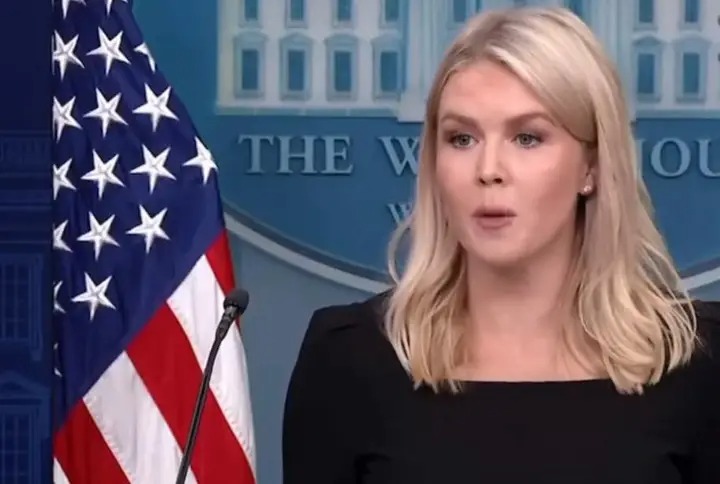In a significant move that has drawn attention across military and political spheres, six B-2 Spirit stealth bombers are reportedly being deployed to a key U.S. Air Force base in Guam. This development comes at a pivotal moment, just hours before former President Donald Trump is scheduled to return to the White House. The sudden dispatch of these strategic aircraft suggests heightened operational readiness and may indicate broader intentions behind the U.S. military’s positioning in the Indo-Pacific region.
The B-2 Spirit, one of the most advanced long-range bombers in the world, is designed to penetrate dense anti-aircraft defenses and deliver both conventional and nuclear weapons. Its presence in Guam, a strategic U.S. territory in the Pacific, sends a clear signal of strength and preparedness. While military officials have not publicly confirmed the mission’s details, the timing and scale of the deployment hint at a response to rising tensions or potential geopolitical maneuvering.
The arrival of these bombers also adds to the ongoing narrative of increased U.S. military activity in the Asia-Pacific. Over the past few years, Guam has played a central role in America’s defense strategy in the region, serving as a launching point for operations and exercises meant to deter adversarial actions from countries like China or North Korea. Stationing B-2s there underscores the island’s importance as a forward-operating location capable of projecting power swiftly.
What makes the situation even more intriguing is the overlap with Trump’s anticipated return to the White House. Though no official link has been drawn between his arrival and the military movement, the convergence of these events will undoubtedly stir speculation. Some observers may see the deployment as routine military activity, while others might interpret it as a calculated show of force intended to align with Trump’s foreign policy image or strategic influence.
Regardless of motive, the deployment of six B-2 bombers to Guam marks a notable shift in the U.S. military posture at a critical juncture. Whether as part of a training exercise, a show of deterrence, or a response to emerging threats, this move reflects America’s commitment to maintaining air superiority and rapid deployment capabilities across the globe. The coming days may offer more insight into the reasoning behind this action and whether it signals a broader change in defense policy or diplomatic engagement.



